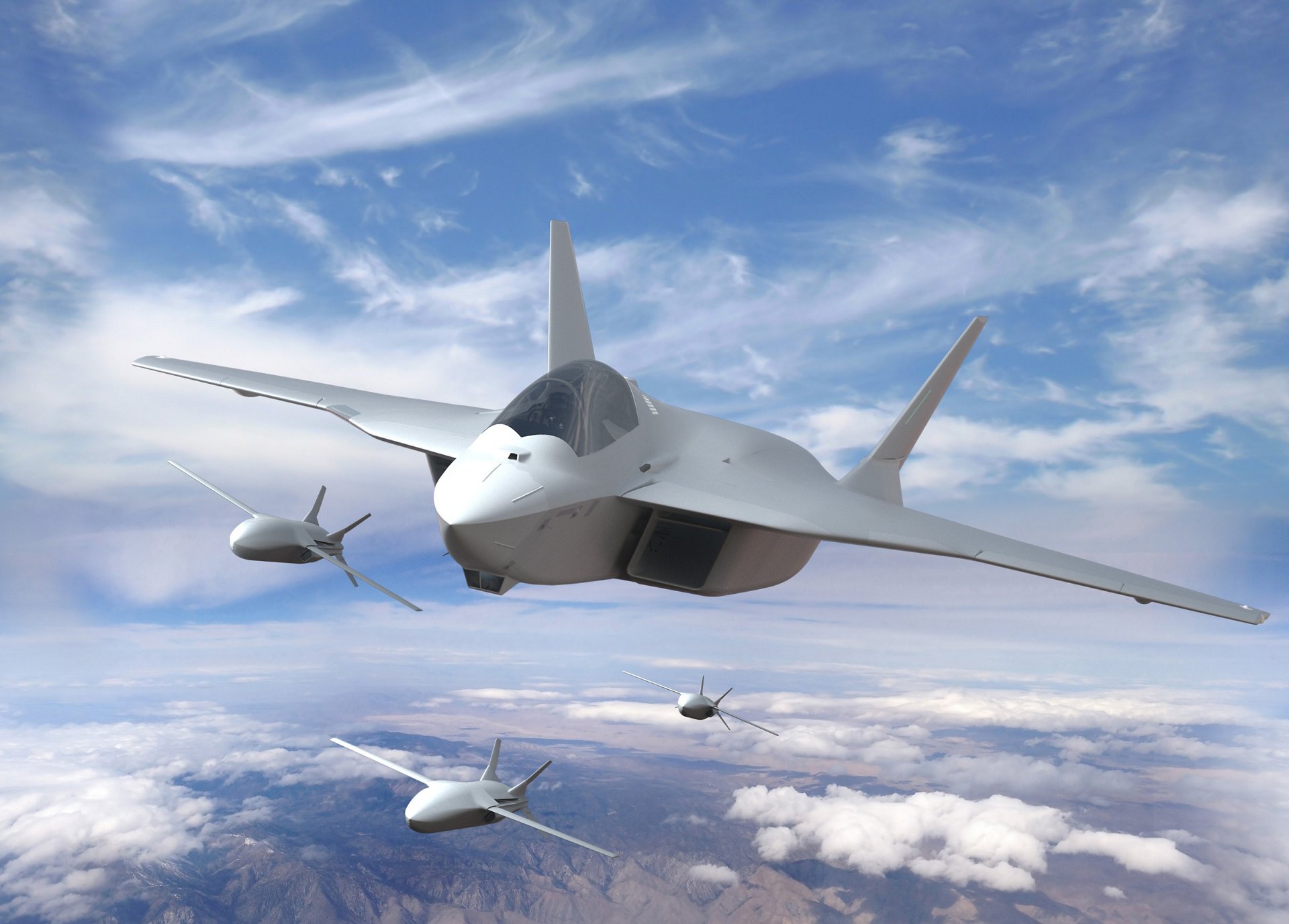After several hiccups since its inception, the European sixth-generation Future Combat Air System’ (FCAS) program faces another hurdle, with French defense contractors divided over inviting Belgium into the collaborative program.
RuAF Attack Choppers ‘Chop’ Ukrainian Defenses, Obliterate Ground Troops; UK MoD Admits It’s Advantage Russia
Despite its prior commitment to the US-led F-35 program, the Belgian government has indicated that it is open to participating in a multinational European sixth-generation fighter program.
Europe has two next-generation fighters programs, the UK-Italy-Japan-led Tempest and France-Germany-Spain-led FCAS (Future Combat Air System (FCAS), French: Système de combat aérien du futur; SCAF)
The Belgian defense industry has urged the government to choose which sixth-generation combat aircraft program it will participate in and how. The country has been talking with the FCAS stakeholders to retrieve an “observer status” unless a decision is made.
In an interesting development, the CEO of the French company Safran Olivier Andriès endorsed Belgium’s participation in the Future Combat Air System (FCAS) program in the run-up to the Paris Air Show 2023.
This announcement contrasts sharply with the position expressed by Eric Trappier, chairman and CEO of Dassault Aviation, his other French counterpart in the program, who does not want Belgium to have anything to do with the European FCAS.

In a 2023 interview with the daily L’Écho, Andriès responded to Belgian Defense Minister Ludivine Dedonder’s desire to join the FCAS: “It is logical that Belgium wishes to join one of the major European programs for combat aircraft of the future. And obviously, my wish is for Belgium to join FCAS rather than Tempest [a competing European fighter program involving the United Kingdom, Italy, and Sweden – ed. note].”
However, the French Dassault Aviation, which is leading the FCAS program alongside Airbus, is completely opposed to Belgium and other European nations that have chosen the US F-35 fighter jet to join the Future Air Combat System program, Brussels Times noted last month.
At a hearing on the planned 2024–2030 Military Programming Law, LPM, held in May before the French Senate, Trappier said, “I don’t see why I would give work to the Belgians today.”
According to reports, Belgium chose the US F-35 Lightning II stealth fighter jet over the Eurofighter Typhoon, which was officially offered, and the French Rafale, informally offered by Dassault Aviation. The decision was a setback for the European defense manufacturers at the time.
The Belgian media reported at the time that the CEO of Dassault demonstrated his opposition to Belgium’s membership as he is still enraged by the previous Belgian government’s decision to replace the aging F-16s with the US company Lockheed Martin’s F-35A Lightning II.
“I hear about the Belgians; that’s all very well. But I would then advocate setting up an F-35 club within SCAF,” he told French senators. “I don’t see the point in putting more F-35 countries into SCAF… Why would I make room in my factory and design office for people who have chosen the F-35?
In contrast, the Safran chief certainly does not mind having another country and its contractors on board. However, Andriès emphasized that the governments of France, Germany, and Spain currently participating in the FCAS program have the last say.
These developments, however, are significant as they come at a time when FCAS’ competitor Tempest program is advancing towards becoming a reality and carrying out some crucial testing, as recently reported by EurAsian Times. In contrast, while the FCAS only recently got on track, it has been hit with several snags.
Several Bumps On The Way For FCAS
The FCAS program, described by its participants as a “system of systems,” centers on a sixth-generation fighter jet. The future fighter prototype will fly for the first time in 2030. The aircraft is scheduled to be ready for service between 2040 and 2045.
The FCAS strives to replace the French Rafales, German Eurofighter Typhoons, and Spanish Typhoons doubling up as ground-attack aircraft.
The FCAS comprises several subprograms similar to the British-led Global Combat Air Program (GCAP) and the US Next Generation Air Dominance (NGAD) Program. Of these, the FCAS has trailed behind its contenders, allegedly putting off the induction of a futuristic fighter jet by years.
The FCAS is to comprise several subsystems or the “pillars,” which had to be allocated among the defense manufacturers of the three states participating in the program.
However, the project was in a deadlock that lasted for about a year while governments and manufacturers argued over competing industrial interests as part of the distribution of these responsibilities.
Fortunately, after several months of intense discussions and a lot of back and forth, the two parties that were at loggerheads-Germany and France finally came to an amicable solution in December 2022 and decided to collaborate for the next phase of the FCAS program, finally giving the FCAS program another lease of life.
Currently, the program is known to be moving smoothly. Reports from earlier this year indicated that a French-German-Spanish team was testing new operational concepts and technological advancements for the Future Combat Air System (FCAS) At Airbus’ FCAS Prototyping Laboratory (FPL) in Manching close to Munich.
Military analysts believe that if discussions are started to include Belgium in the program, it will cause further delays owing to Dassault’s staunch opposition to the country’s participation.
- Contact the author at sakshi.tiwari9555 (at) gmail.com
- Follow EurAsian Times on Google News